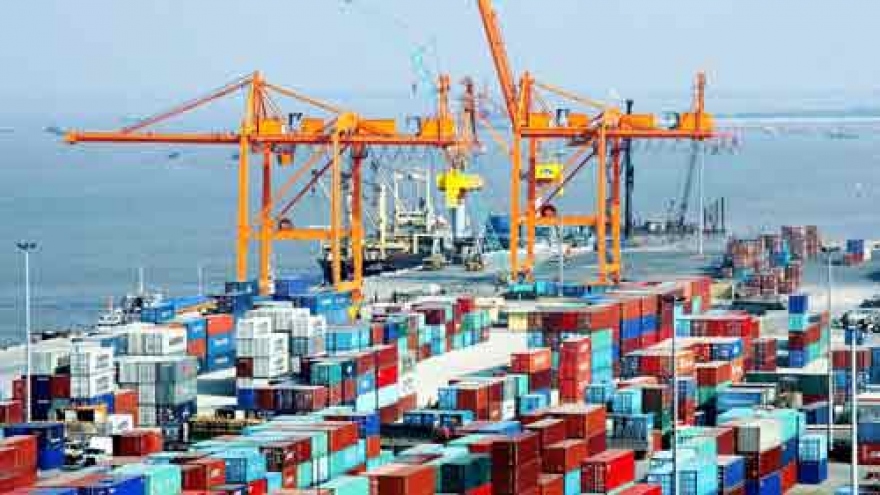Seaports represent growing logistics opportunity
VOV.VN - The nation’s logistics network has not been implemented in an integrated manner, says the Vietnam Ministry of Industry and Trade (MoIT).
 |
Speaking at a recent seminar, Bui Hong Minh from the Import-Export Department of the MoIT directed the audience’s attention to the fact that this has resulted in an annual total logistic cost of between 15-20% of GDP.
“This cost is nearly double that of more developed nations,” said Mr Minh.
For comparison purposes, said Mr Minh, an analysis by the Vietnam Business Forum last year showed that the US spends about 9.5%, Japan 11%, and China 21% of GDP on logistics each year.
The rapid growth of the nation’s export oriented growth has outpaced its infrastructure, creating major bottlenecks in ports and is now a major constraint to continued economic expansion.
The country’s infrastructure has often been described as “roads without bridges, bridges without roads” meaning there is no consistency and compatibility between ports and roads and the surrounding land use.
Simply put, a large part of the country’s logistics network has not been implemented in an integrated manner, he stressed.
The problem isn’t just limited to ports and inter-provincial roads, bridges and inland infrastructure works connecting to them— but can also be found in the major metropolitan areas and the inner-city traffic congestion.
The World Bank estimates that the nation will need to muster roughly US$200 billion to bring its dire infrastructure need for roads, bridges, and ports in line with the nation’s economic requirements.
“As long as Vietnam fails to improve its infrastructure and waste13-14% of its GDP on an annual basis, it will continue to lag behind other developing countries around the globe,” said Sandeep Mahajan, lead economist for the World Bank in Vietnam.
Big names like Toyota, Honda, Mercedes-Benz, Intel, PepsiCo, Coca-Cola, P&G, Metro Cash & Carry, and Unilever, are all present in Vietnam and if they decide to take their business elsewhere because Vietnam is no longer cost-advantageous, the economy will suffer tremendously.
The air and rail transportation network accounts for a low share of the overall transportation market in Vietnam and therefore the emphasis should be on port development.
Some analysts estimate that more than 85% of the nation’s import and export commodities are shipped by sea, said Mr Mahajan, and the focus should be on integration of transport networks, information technology, warehousing and distribution facilities with the ports.
Because of the nation’s geographical landscape, its access to water channels via ports is essential to maximize its competitive advantages.
With 3,200 kilometres of coastline, the nation has 266 ports, about 144 of which are seaports. However, most ports are relatively small with obsolete facilities and poor support services, said economist Gerard McLinden.
Mr McLinden underlined the fact that the lower the cost of freight the more likely that large multinational corporations would invest in and conduct their business operations in the Southeast Asian nation.
Most importantly he stressed the need for more port storage capacity and ports that can harbour larger vessels. In comparison to Thailand and Malaysia, the nation’s main container ports seem miniscule in terms of storage capacity and depth.
Since Vietnamese ports lack the capacity to accommodate larger vessels the larger post-Panamax ships have to transit through Singapore and Hong Kong, more focus on dredging and upgrading ports in Vietnam would be extremely cost and time-efficient.


